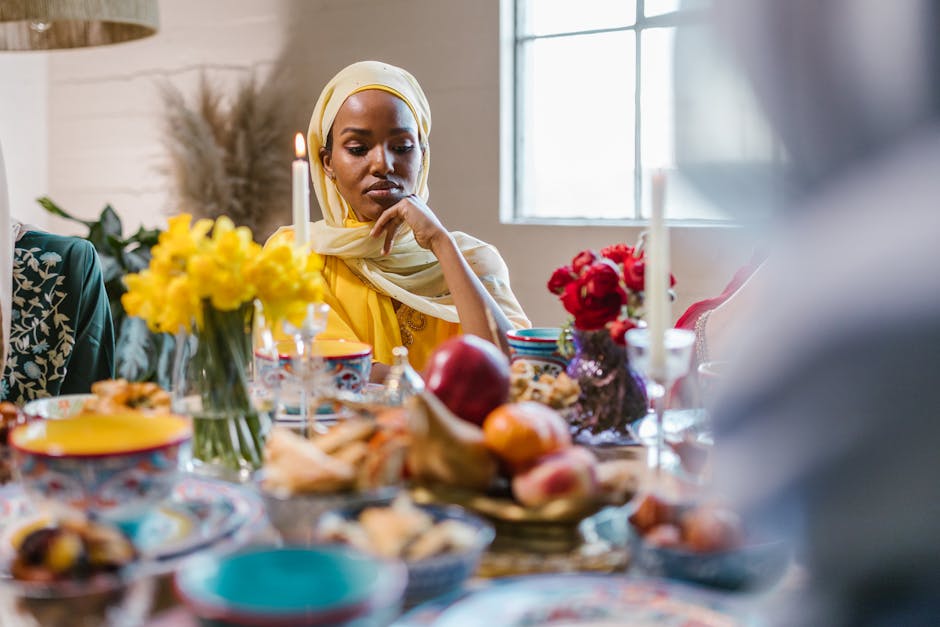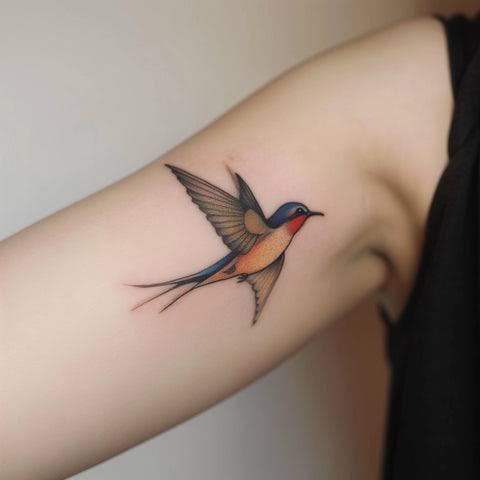Sustainable and Eco-Friendly Home Design
 The focus on sustainability and eco-friendly living has extended beyond fashion and food to include interior design. Homeowners and designers are increasingly prioritizing materials, practices, and designs that have a minimal environmental impact, making sustainable and eco-friendly home design one of the hottest trends today. Here’s how this trend is reshaping the interiors of homes:
The focus on sustainability and eco-friendly living has extended beyond fashion and food to include interior design. Homeowners and designers are increasingly prioritizing materials, practices, and designs that have a minimal environmental impact, making sustainable and eco-friendly home design one of the hottest trends today. Here’s how this trend is reshaping the interiors of homes:
1. Sustainable Materials
One of the most significant shifts in eco-friendly home design is the use of sustainable materials. Designers and homeowners are opting for materials that are renewable, recycled, or have a low environmental footprint. Some popular sustainable materials include:
- Reclaimed Wood: This material not only gives a rustic and warm look but also reduces the need for new wood, conserving forests.
- Bamboo: Known for its rapid growth, bamboo is an excellent alternative to traditional hardwoods and is used for flooring, furniture, and accessories.
- Recycled Metal and Glass: Using recycled materials reduces waste and energy consumption. Recycled metals and glass can be found in everything from furniture to decorative items.
- Natural Fabrics: Organic cotton, linen, wool, and hemp are becoming popular choices for upholstery, drapes, and bedding because they are biodegradable and produced without harmful chemicals.
2. Eco-Friendly Paints and Finishes
Traditional paints and finishes can emit volatile organic compounds (VOCs), which are harmful to both health and the environment. Eco-friendly paints, however, are made with natural ingredients and have low or zero VOC emissions. These paints are available in a wide range of colors and finishes, making it easy to create a beautiful and healthy living space.
3. Energy Efficiency
Energy-efficient design is at the core of sustainable home trends. This includes everything from choosing energy-efficient appliances and lighting to designing homes that maximize natural light and ventilation. Key elements of energy-efficient home design include:
- LED Lighting: LED bulbs consume less energy and have a longer lifespan compared to traditional bulbs.
- Smart Home Technology: Smart thermostats, lighting systems, and appliances help reduce energy consumption by optimizing usage based on real-time data.
- Insulation and Windows: High-quality insulation and energy-efficient windows can significantly reduce heating and cooling costs, making homes more sustainable.
4. Water Conservation
Water conservation is another critical component of sustainable home design. This trend includes the use of water-efficient fixtures, such as low-flow toilets and showerheads, as well as greywater systems that recycle water from sinks and showers for use in irrigation.
5. Upcycling and Repurposing
Upcycling and repurposing are creative ways to incorporate sustainability into home design. Instead of buying new furniture and décor, many are choosing to upcycle old or discarded items. This not only reduces waste but also adds a unique, personalized touch to the home. Vintage furniture, repurposed wood, and reclaimed industrial materials are popular choices in this trend.
6. Indoor Air Quality
Creating a healthy indoor environment is a significant focus of sustainable design. This involves selecting materials and products that do not off-gas harmful chemicals, using air purifiers, and incorporating plants that naturally filter the air. Good indoor air quality contributes to the overall well-being of the home’s occupants.
7. Locally Sourced Products
Choosing locally sourced materials and products reduces the carbon footprint associated with transportation and supports local economies. Many designers and homeowners are now opting for locally made furniture, décor, and building materials, which often have a smaller environmental impact.
8. Biophilic Design
Biophilic design is an approach that connects indoor spaces with the natural environment. This can be achieved through the use of natural materials, indoor plants, and designs that emphasize natural light and outdoor views. Biophilic design not only enhances the aesthetic appeal of a space but also has been shown to improve mental and physical well-being.


